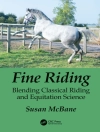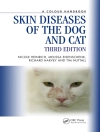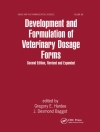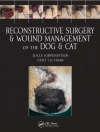Animal Welfare
An Accessible Overview of the Concept of Sentience Throughout the Animal Kingdom and Why It Matters to Humans
Animal Welfare explores the concept of sentience and the development of sentient minds throughout the animal kingdom. The work provides improved definitions and analysis of the ideas of sentience, cognition, and consciousness, along with evidence of advanced mental formulation in birds, fish, and invertebrates. Considerations between humans and animals are...
Animal Welfare
An Accessible Overview of the Concept of Sentience Throughout the Animal Kingdom and Why It Matters to Humans
Animal Welfare explores the concept of sentience and the development of sentient minds throughout the animal kingdom. The work provides improved definitions and analysis of the ideas of sentience, cognition, and consciousness, along with evidence of advanced mental formulation in birds, fish, and invertebrates. Considerations between humans and animals are also discussed, such as outcome-based ethics in relation to humans’ duties of care and the rights and wrongs of domestication. The work is divided into three parts and covers key topics such as:
* Specifics of animal sentience, from pain and suffering, to fear and dread, all the way to animals’ social life and the comfort/joy/hope/despair they experience
* What we know about the sentience of different classes of animals in the waters, air, savannah/plains, and forests
* Considerations on human interactions based on animal sentience, including death (killing), animal farms, animals in laboratories, wild animals in captivity, and animals in sports and entertainment
* Analysis on what humans can learn from animals based on what we know about their varying levels of sentience
Animal Welfare serves as an invaluable analysis of animal sentience for students, teachers, and professionals directly involved in the study, teaching, and applications of animal behavior, motivation, and welfare. Thanks to the wide-ranging implications of animal sentience, the work will also appeal to everyone with a broader interest in animal behavior and human/animal interactions.












